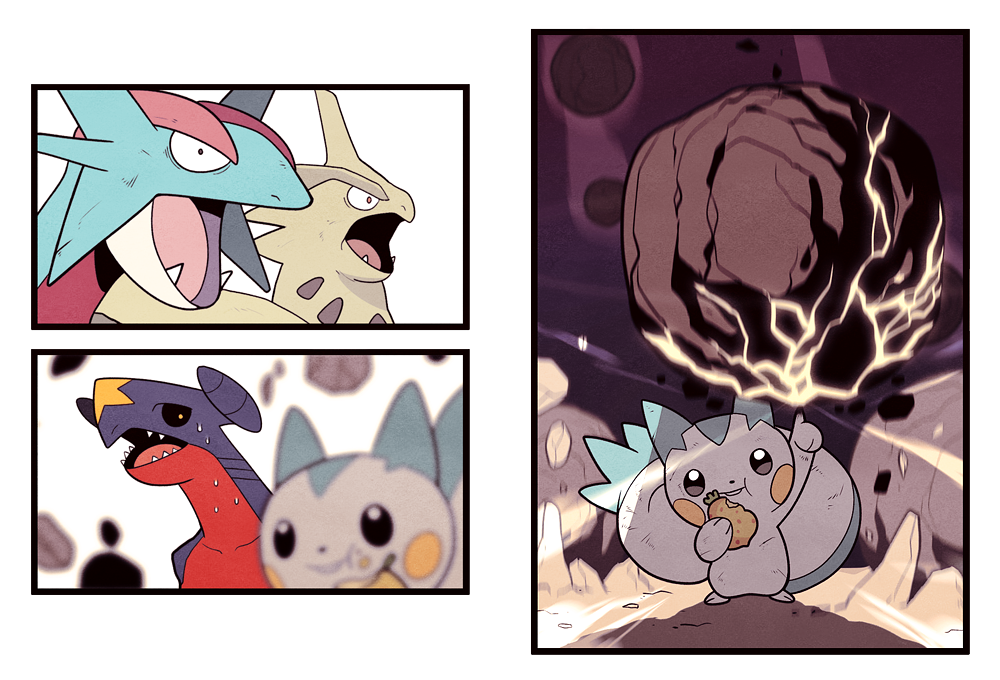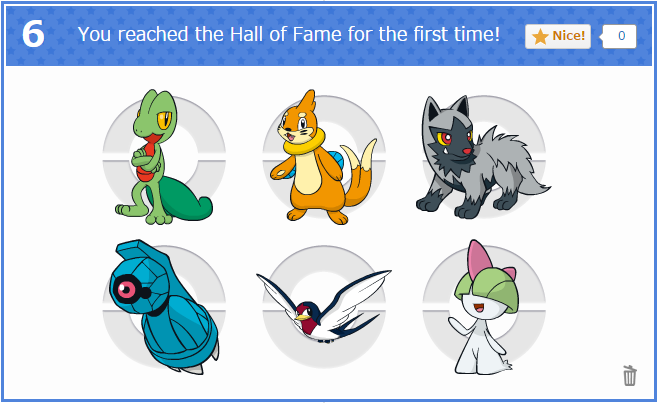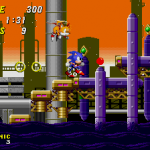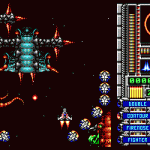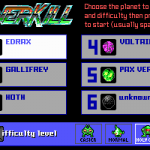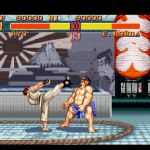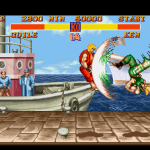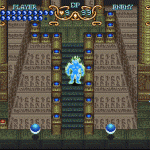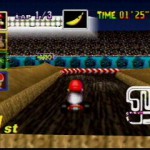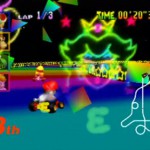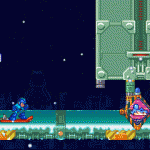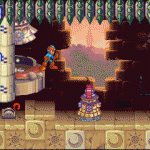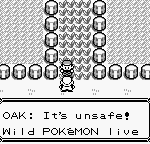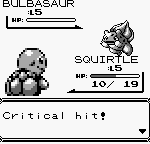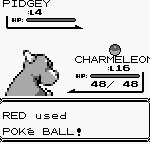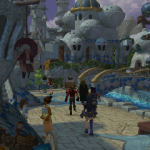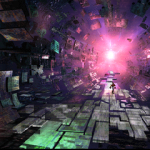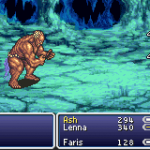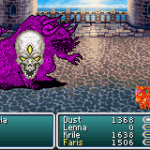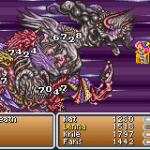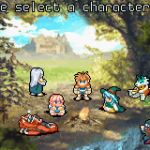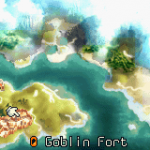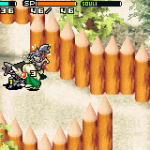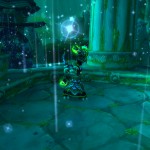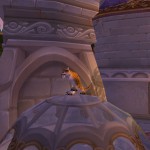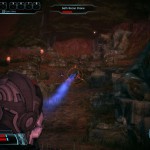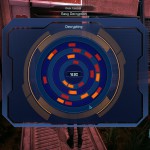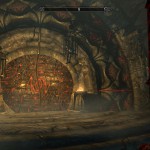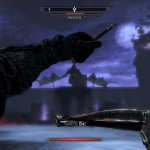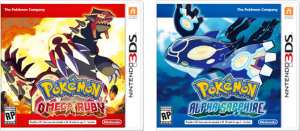Pokémon is one of the most interesting game series in recent memory in terms of both depth and accessibility. Each game releases is really two games in one; the first is a relatively simple RPG where you level up, collect (usually) 8 badges, challenge the Pokémon League, and possibly save the world (or at least the local area) along the way. Behind that is a vastly more complex set of mechanics and features relating to breeding, raising, and capturing pokémon for the purposes of battling competitively. Game Freak somehow manages to cater to both aspects with nearly every release.
The most recent release is the second pair of games in Generation 6, Alpha Sapphire and Omega Ruby (OR/AS from here on out). Each generation so far has brought refinements on what came before, along with new pokémon and new areas to explore (or in some cases, areas to re-explore). There are currently 719 pokémon (with 2 unrevealed event legendaries) and 18 types across 6 regions, and not all are created equal. Variances in type combinations, movesets, abilities, and stats mean that some options tend to overshadow others. For example: why use Pikachu when Jolteon is faster, can hit harder, and has a generally more useful ability? Despite that point, you can beat the game with Pikachu. I feel like one of the great successes of Pokémon is that “because I like it” is perfectly viable for getting through the surface game. Playing against other people is a bit of a different story (but that didn’t prevent this year’s world champ from winning with a Pachirisu).
The First Steps
At this point, making it through the game is relatively easy. Generation 5 introduced a catch-up experience mechanic, where experience was adjusted based on the relative levels of the pokémon involved in order to help keep the team relatively balanced. Gen 6 got rid of this, but revamped how the Exp Share item worked, causing it to distribute experience to your entire team whether or not they participated (which goes a long way in keeping your team relatively close in level). Grinding is therefore not terribly necessary, unless you do something like replace your entire team at once. I will admit that the type chart is still rather complicated, and having at least some knowledge of it is highly important, but learning the basic relationships mostly makes sense, and obscure ones don’t come up that often (I never remember what ghost or electricity resist, but ghost pokémon aren’t that common and electric pokémon tend to fall over in a stiff breeze). In gyms you usually can get some sort of type-related tip at the start, before you face specialists for that type.
The plot in most of the games is quite linear, with progress gated by badges. Figuring out where to go next is not usually a problem; it’s almost always the local gym or the next nearest city with a gym, and the plot usually tells you in great detail when it’s not either of those. Most of the non-remake games since Generation 4 have been trying to simplify travel too, usually by a reduction in required HMs. Black/White for example, only requires cut exactly once to beat the game. OR/AS reduces some of the backtracking that was a component of the originals by letting you automatically travel with some of the other characters to the next destination.
As far as what pokémon to use, nearly anything is viable. A well-balanced team will usually have more success because you can get more favorable type matchups, but this isn’t strictly necessary. An otherwise unfavorable type matchup can be overcome with levels, abilities, moves, or some combination of these. It’s important to remember that like most Nintendo games, it’s uncomplicated enough that children can pick up and beat the game.
The next steps
When you beat the game, you might start wondering about battling other people, and the knowledge and effort involved in this process is anything but uncomplicated. In my opinion, this is where the refinements really show. I’m probably about to talk about some things that will seem nonsensical if you aren’t already somewhat familiar with Pokémon, but stick with it.
Effort Values (EVs) and Inherited Values (IVs) are numbers that affect a pokémon’s stats, and prior to generation 6 they were almost entirely invisible (IVs still pretty much are). As the name might imply, IVs are essentially a pokémon’s genes; they’re an unchangeable characteristic of a given pokémon and never change once it’s caught or received. Each pokémon has a value ranging from 0-31 for each stat providing a random stat bonus. This is one of several ways in which any two pokémon of a given species may have different stats. The only way to “improve” these is via breeding parents with good ones to make children with better ones. Prior to Gen 6, a max of 3 of these values (out of a total of 6) could be inherited, so the end result was still at least 50% completely random. Gen 6 allowed 5 of these values to be passed down if one of the parents is holding a particular item, making it far easier to get near-perfect pokémon. (Most pokémon only use one of the two attacking stats anyway, so 5 stats is sufficient.) EVs are different and are mostly earned by playing the game. Super Training was added to provide a way to raise these without battle, but more importantly you can see what your progress is in the super training readout, and reset them if you want to redo something. Prior to that, resetting them involved force-feeding a bunch of berries and there was no indication of how many it would take. (For the record, the expensive vitamins that claim to raise a pokémon’s stats raise their EVs.)
Other changes to breeding have also made the entire process generally more reliable. Pokémon have an increased chance to have the same ability as their mother (or the non-ditto when breeding with ditto) instead of the coin flip it used to be. It’s now possible to pass down a nature 100% of the time, instead of 50% of the time or not at all. It’s now possible to pass down egg moves from either parent (instead of just the male parent). While there are still random components involved (Nidoran family, I’m looking at you) it’s far less random and time-consuming each game to get “competitive-quality pokémon”.

This went on longer than originally intended, so more on this topic later. Until then, have fun!

